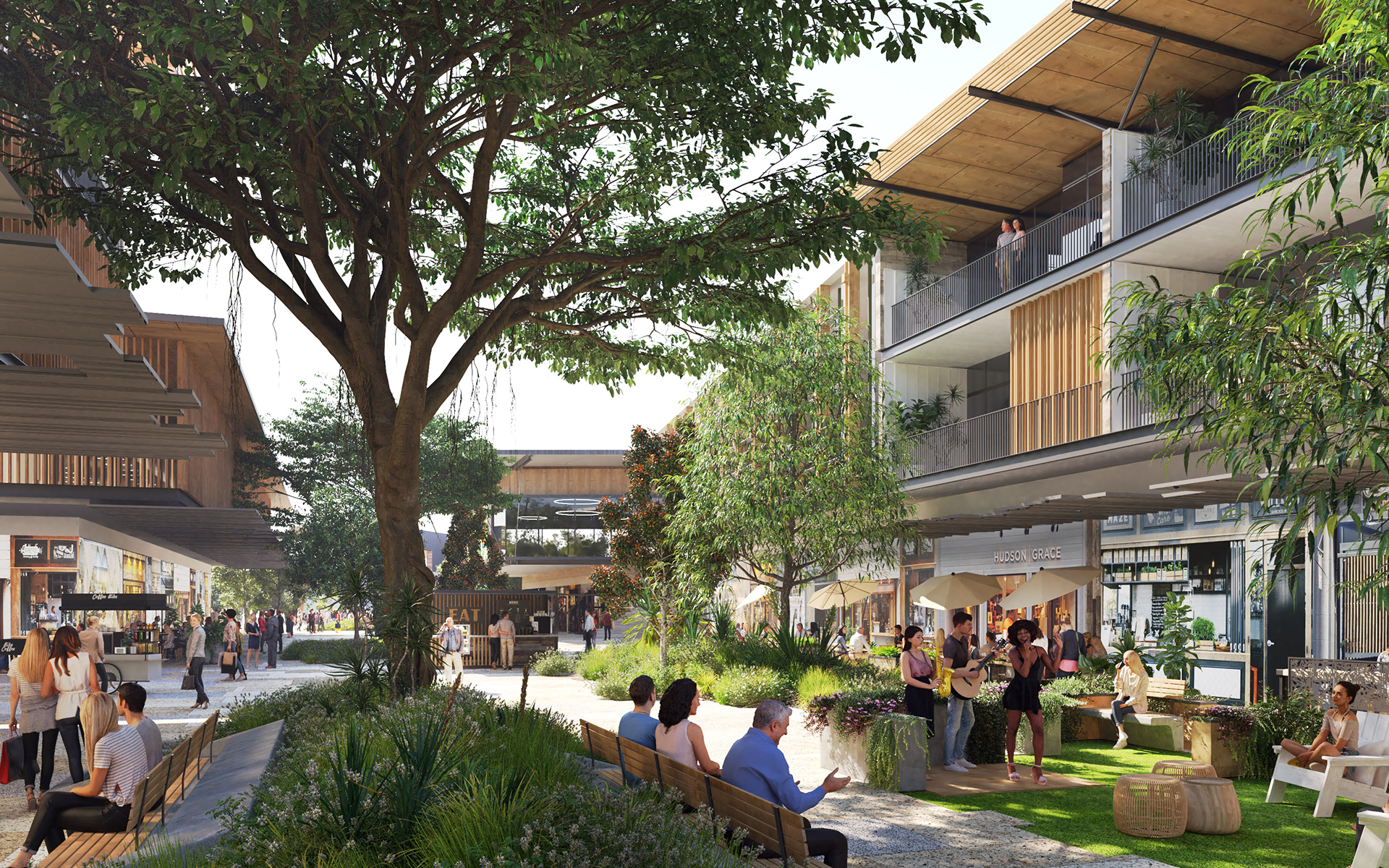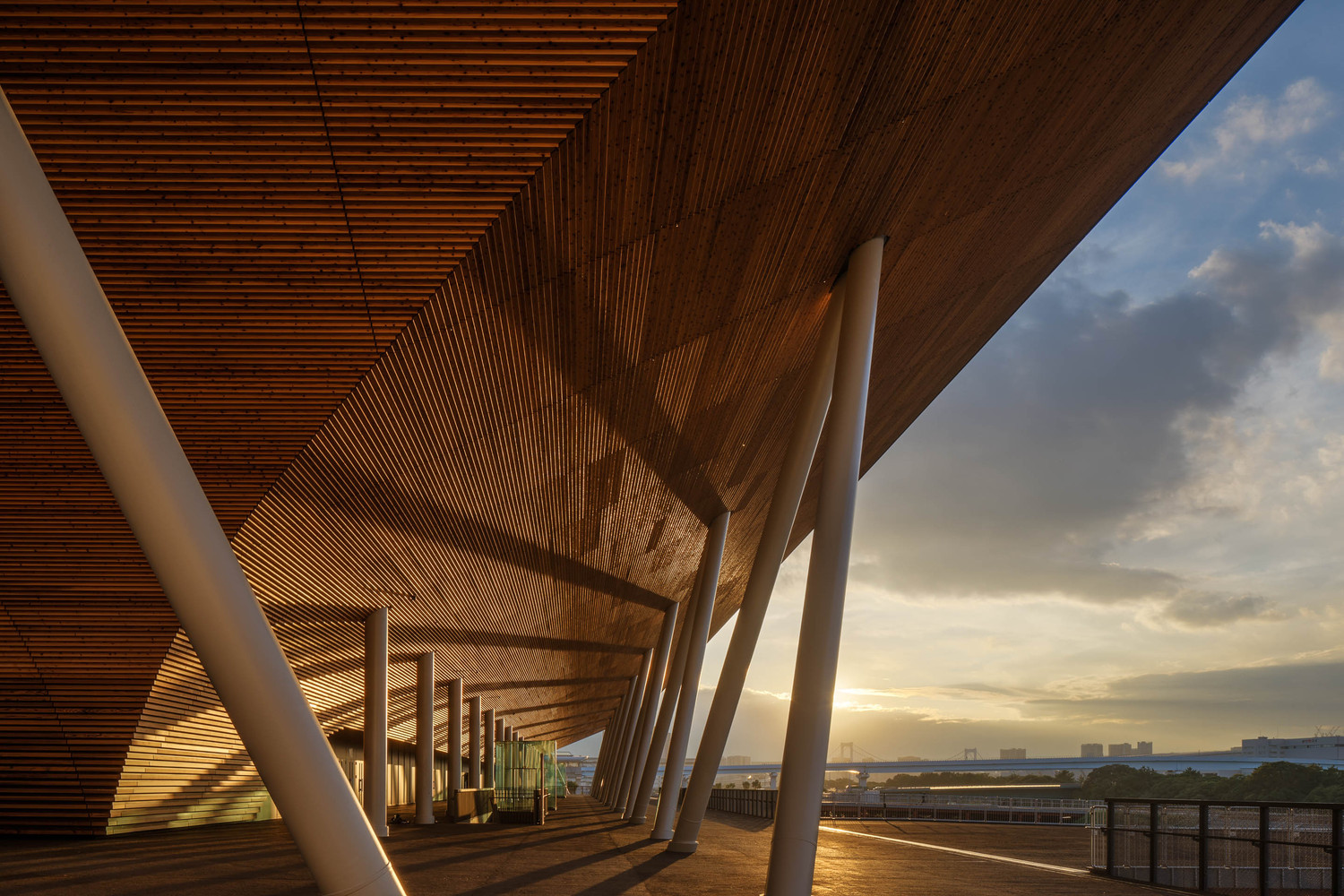Designing for health
Central to this ethos is the integration of sustainability and wellness principles, which manifest in various critical aspects of design including –
Connection to nature: Access to natural light and green spaces can significantly reduce stress, improve mood, support the body’s natural circadian rhythm and enhance overall wellbeing. Designs that prioritise these elements create more inviting and restorative environments.
Material selection: The choice of materials not only impacts the look and feel of a space but also its sustainability and the health of its occupants. The use of non-toxic, sustainable materials contributes to better indoor air quality and are more environmentally friendly.
Thermal comfort and lighting: Properly designed HVAC systems and lighting are crucial for creating comfortable environments that also reduce energy consumption. Designs that ensure optimal thermal comfort and incorporate energy-efficient lighting systems that mimic natural light, aid the body’s natural circadian rhythms and recovery.
Noise Levels and environmental control: Acoustic design is essential in reducing noise pollution, which can affect stress levels, and the ability to rest and recover; all part of the healing process. Similarly, sophisticated environmental control systems allow for individual preferences, enhancing comfort and satisfaction.
Early decisions with lasting impact: Decisions made at the early stages of design regarding Mechanical, Electrical, and Plumbing (MEP) systems are pivotal. These systems play a significant role in a building’s life cycle and operating costs. By integrating advanced, sustainable MEP solutions, these costs and the environmental footprint of a facility can be significantly reduced.
Advancing design standards
A commitment to sustainable architecture drives design innovation and the implementation of solutions that improve both human and environmental health. Through a holistic approach we can set new standards in healthcare design that centre around spaces that heal, restore and sustain. By making informed choices about systems and materials and leveraging technology, we can enhance the wellbeing of all users while leading the way towards a more sustainable future.
—
Guest post
Angela Lee
FAIA, ACHA, EDAC, LEED AP
Partner
Managing Director, Asia Pacific, Europe and Middle East
HKS
Angela Lee is a Partner and the Managing Director for Asia-Pacific, Europe and Middle East at HKS. As founding director of HKS Singapore, Angela has led her team to winning projects in Asia Pacific, Oceania, Middle East, and North Africa regions. Her most recent projects in Australia are the Redland Hospital Expansion Stage 1 in Queensland, in collaboration with Buchan, where she led the clinical planning efforts.
With over 30 years’ experience, she is a recognised thought leader, often serving as a juror in design competitions and speaking at health, technology, and design events. In 2022, she was elevated to Fellow of the American Institute of Architects (FAIA) for her outstanding contributions to, and advancement of the profession through design excellence and architectural education.






